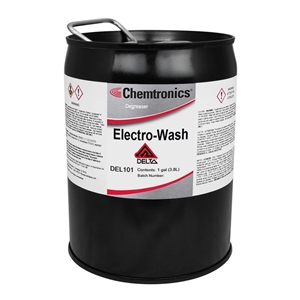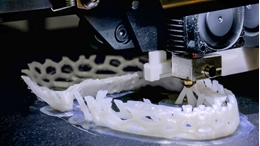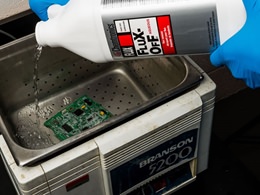
Your Sample Request
Electro-Wash Delta Cleaner Degreaser
*=required field
TDS
REGS
SDS
Electro-Wash Delta Cleaner Degreaser
Extra-strength, nonflammable electronic cleaner and degreaser
Electro-Wash® Delta Cleaner Degreaser is an extra strength, nonflammable electronics cleaner and degreaser. This high power cleaning agent quickly removes all contaminants – evaporating quickly without leaving residue.
Features & Benefits
- Powerful cleaning agent
- Best AK225 replacement chemistry
- Nonflammable and fast drying
- Noncorrosive, safe for metals
- Penetrates to clean hard to reach areas
- Contains no ozone depleting compounds, low VOC's
- May be used on energized equipment
- Test on plastics
Applications
- Removes oil, grease, dirt, silicone, flux, adhesive and other contaminants
- Removes encrusted oxides, dirt, grease and other contaminants
- Removes oil from live wire assemblies
- Cleans carbon and oxides from live switches and relays
| TDS | |
| REGS | |
| SDS | |
| Categories |
| Shelf Life | 5 yrs. unopened and 2 yrs. opened |
|---|---|
| Shipping Name | Cleaning Compound N.O.I |





